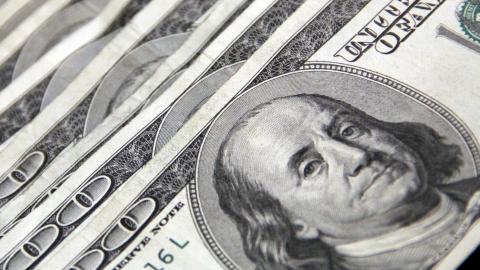
The headline reads: Economist Stephen Roach issues new dollar crash warning, sees double-dip recession odds above 50%.
I pay considerable attention to the USD. A cornerstone of our investment thesis is that the strength of the USD underpins every action the Federal Reserve (FED) takes; and thus, the very strength of the US capital markets is largely dependent on a strong USD. The "Greenspan Put" is essentially backed entirely by the willingness of foreign investors to continue buying our dollars. We feel it is critical for all investors, especially retirees, to properly hedge the potential of USD weakness.
So much that has happened over the past decade has been USD supportive. The Fukushima nuclear crisis, the European debt crisis, Brexit, etc. etc.
What happens if some event compromises the strength of the USD? Can the FED continue to print to infinity if foreign holders decide to quit buying USDs or, actually start liquidating USDs. Over the past 50 years, the US has had the extreme luxury of exporting vast amounts of inflation. In order to do so, we have been running exorbitant trade deficits. According to Roach, those deficits spiked in Q2 which portends of a weaker USD. For this and other reasons, he contents the USD may continue to fall and perhaps fall precipitously in 2021.
While the fundamental arguments supporting Roach's thesis are sound, it does appear in the near-term the USD should see a bullish move. Which isn't all that surprising given how oversold it was.
The USD just completed and confirmed a bullish head-and-shoulders pattern. While these patterns are never to be considered absolute, they are often a valid means of interpreting the overall sentiment of the markets which is the USD should appreciate for a bit. The following is the USD graph starting from the Covid crash.

I will interject, if the USD does not continue to appreciate and falls below its September lows, then it will be time to take cover. When any security experiences a bullish pattern and the bullish pattern fails, it is often a sign of a large move in the opposite direction.
